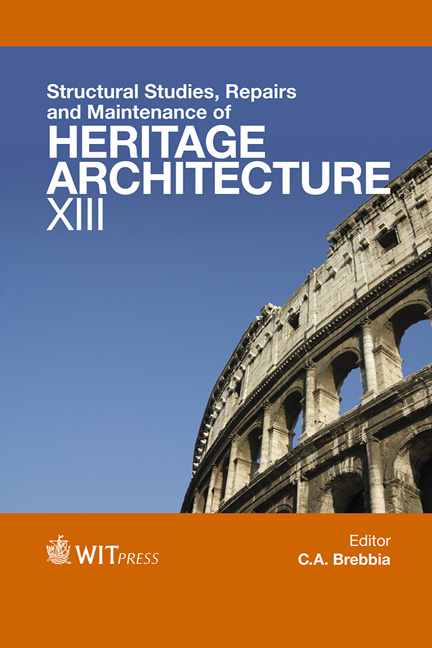Monumental Earthen Architecture In The Humid Tropics Of Mexico: Archaeological Evidence Of A Millenary Tradition
Price
Free (open access)
Transaction
Volume
131
Pages
12
Page Range
457 - 468
Published
2013
Size
960 kb
Paper DOI
10.2495/STR130381
Copyright
WIT Press
Author(s)
A. Daneels, L. Guerrero & G. Liberotti
Abstract
Archaeological research since 2004 in the humid tropical coastal lowlands along the Gulf of Mexico has revealed that earth was successfully used as building material for monumental architecture in an extremely adverse environment of heavy summer rainfalls and winter hurricanes. At the site of La Joya, one of the many earthen sites of Central and Southern Veracruz, pyramids, palaces, and ball courts of a size equalling or surpassing contemporaneous stone constructions, were erected and modified during the first millennium AD. For the first time in Mexican research, the combined efforts of archaeologists, architects, restorers, chemists, geologists, and biologists permit understanding the techniques that made these constructions possible in the tropical environment. Our paper focuses on a new reconstruction of the building sequence of the East Palace Annex at La Joya, to emphasize the quality of the architecture and the importance of this underrated heritage. We address aspects of construction technique and architectural layout, pointing out the original strategies developed by the ancient builders Keywords: earth construction, pre-Columbian architecture, archaeological excavations, 3D reconstruction, preservation, physical and chemical analysis, humid tropical environment, building techniques.
Keywords
Keywords: earth construction, pre-Columbian architecture, archaeological excavations, 3D reconstruction, preservation, physical and chemical analysis, humid tropical environment, building techniques.




